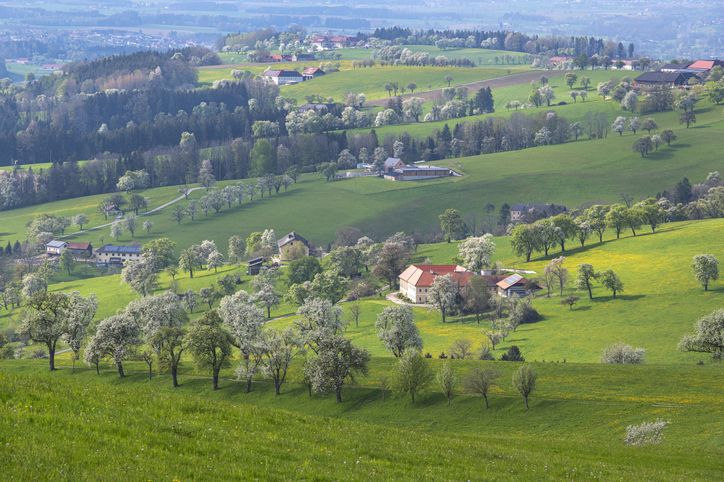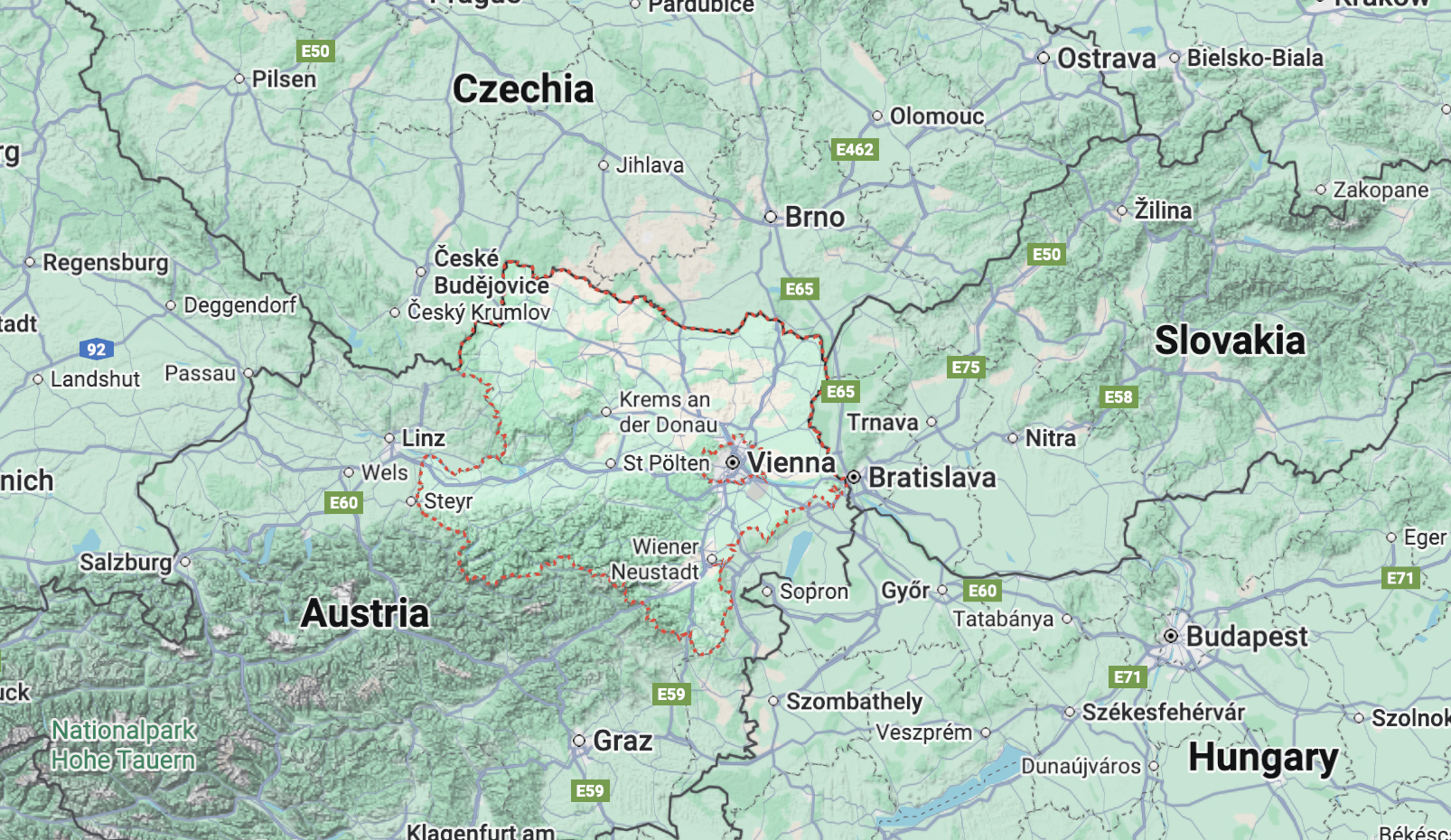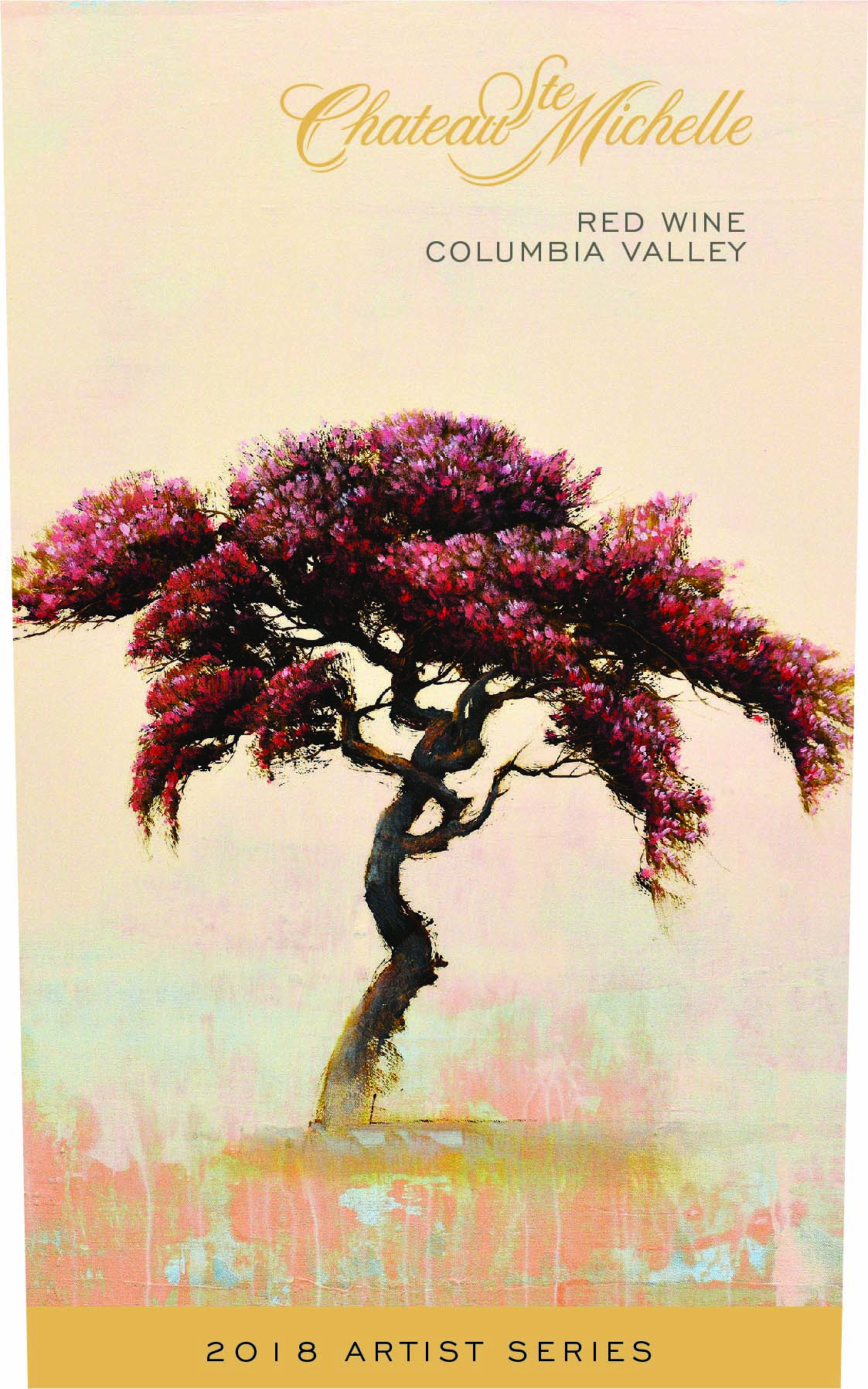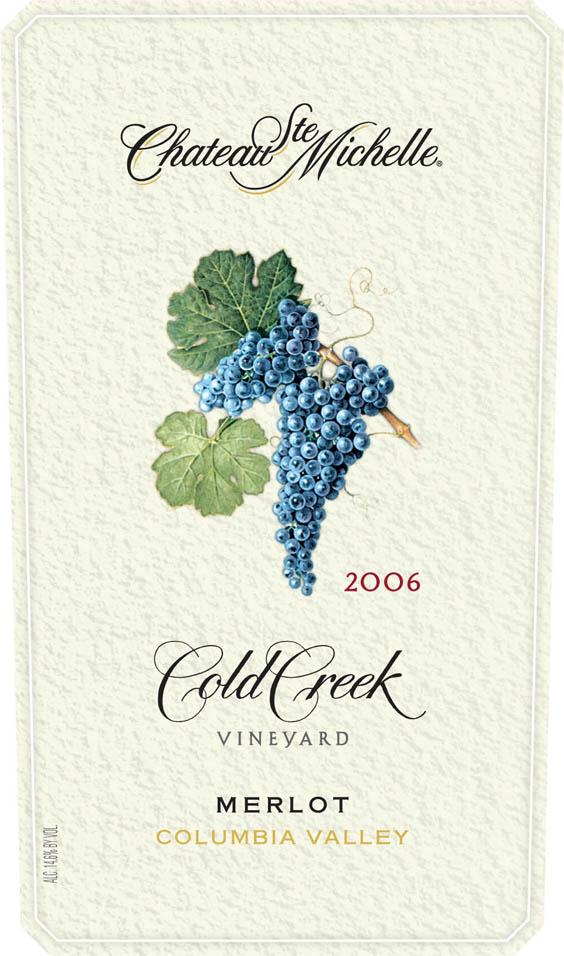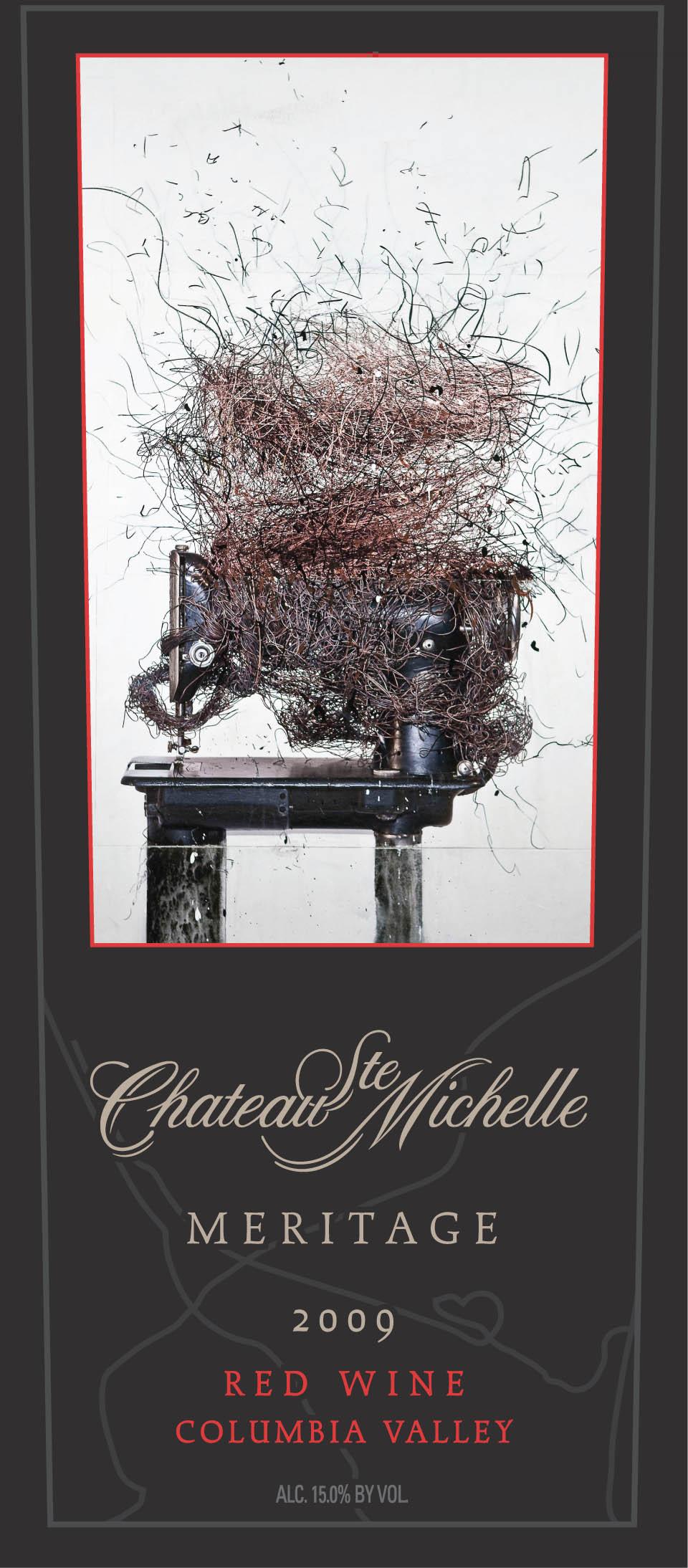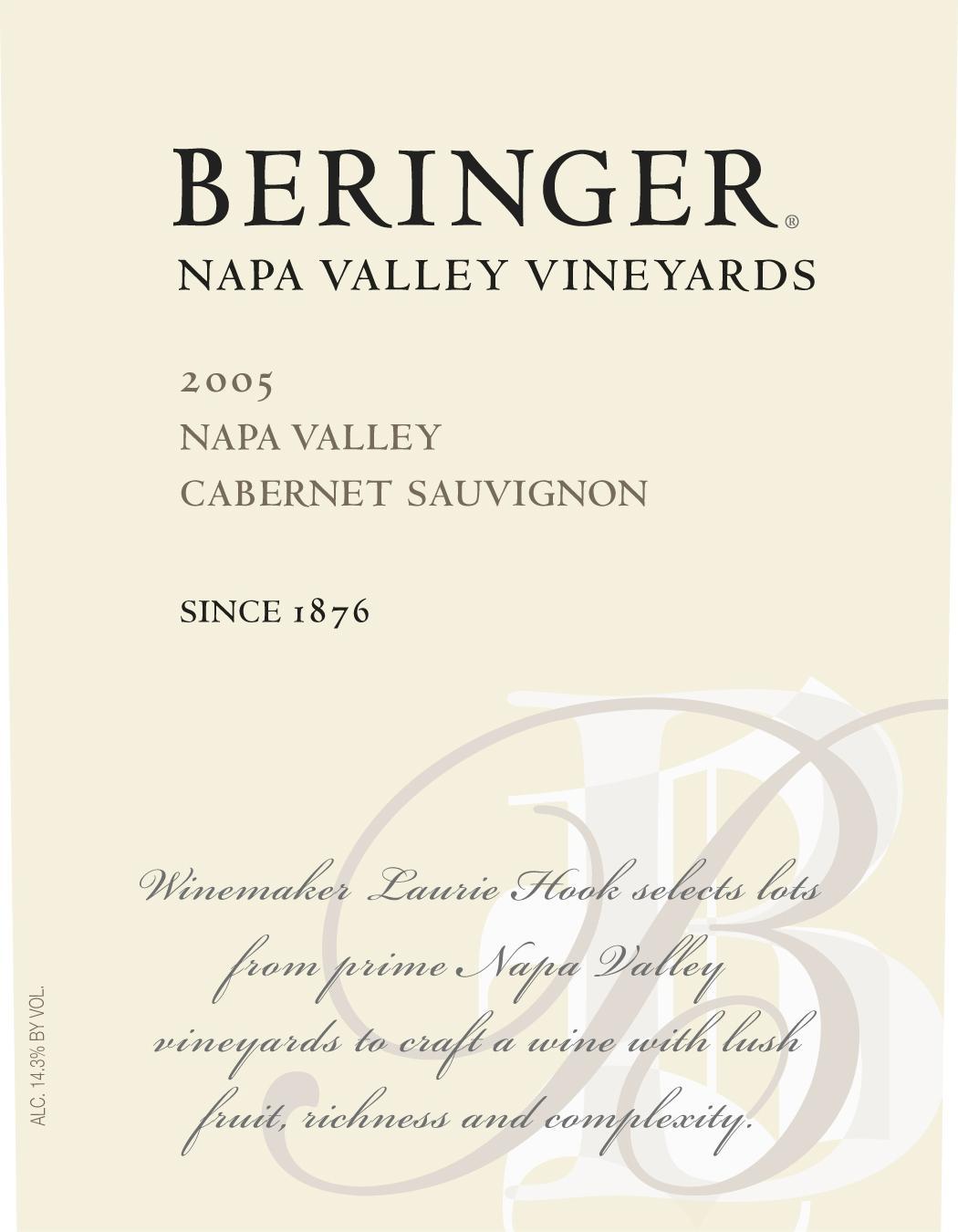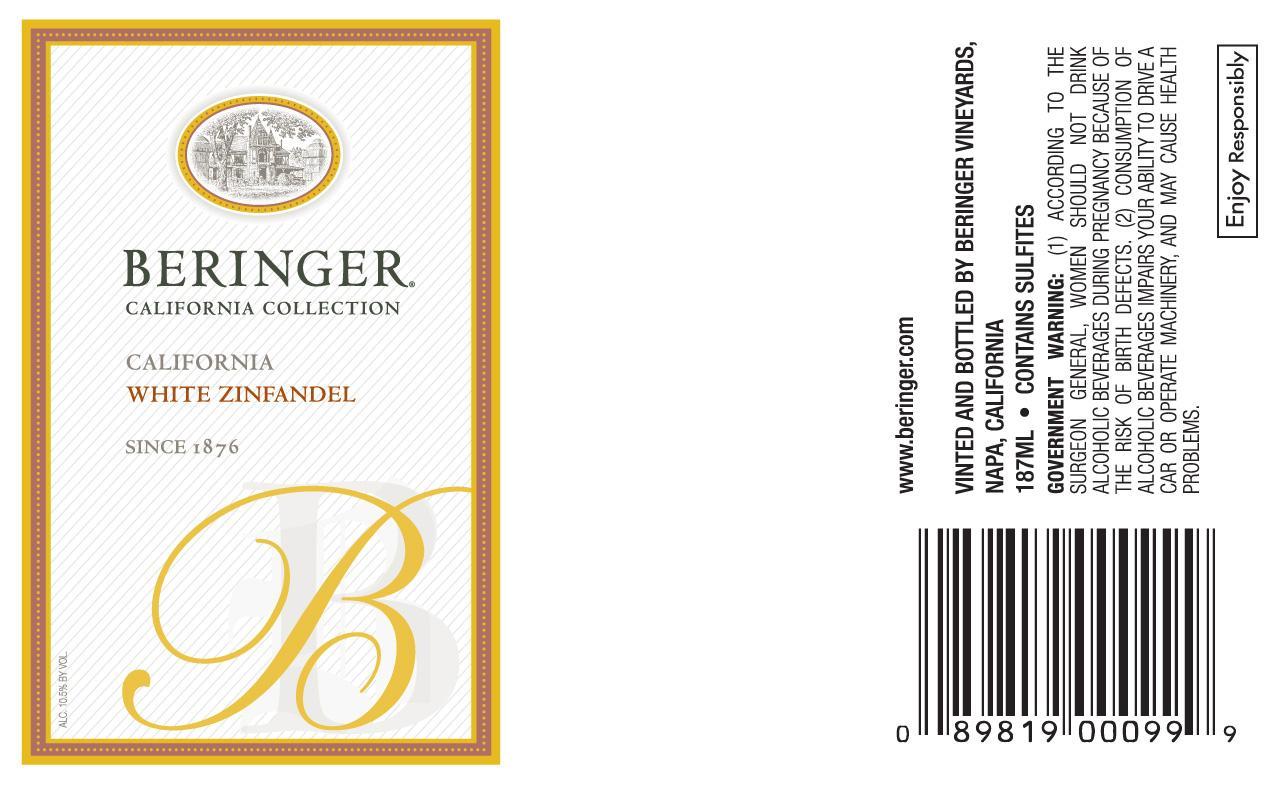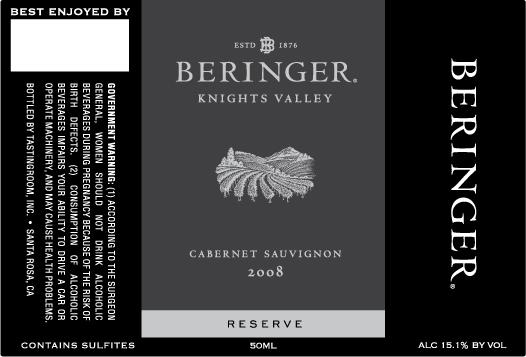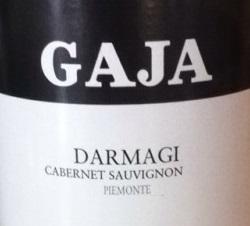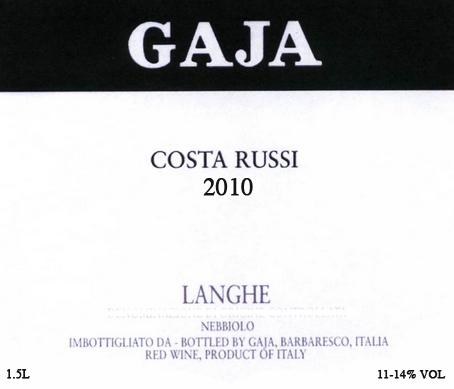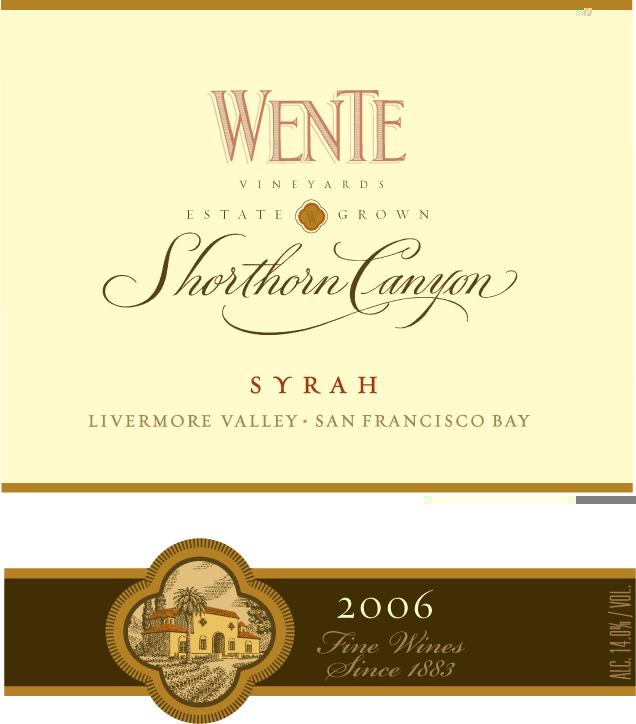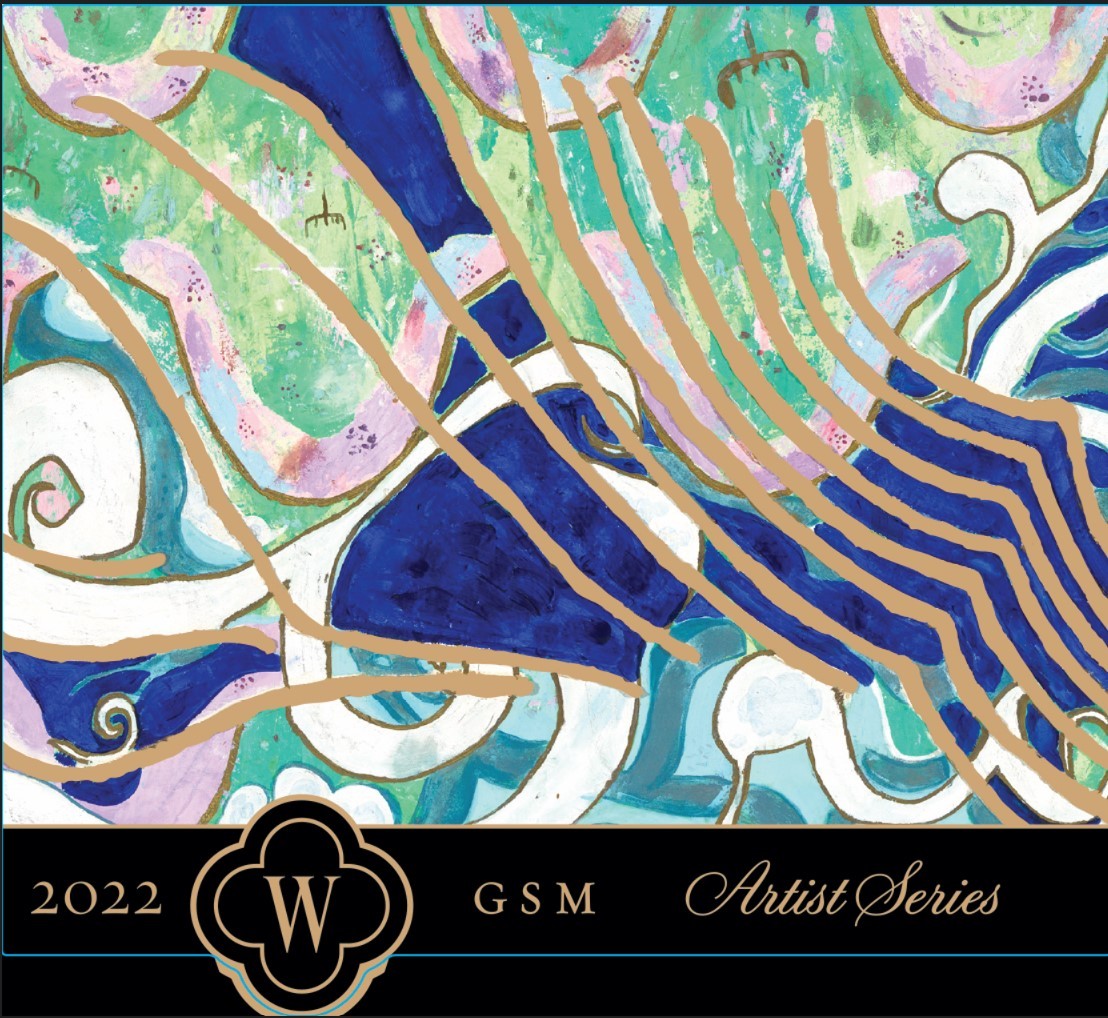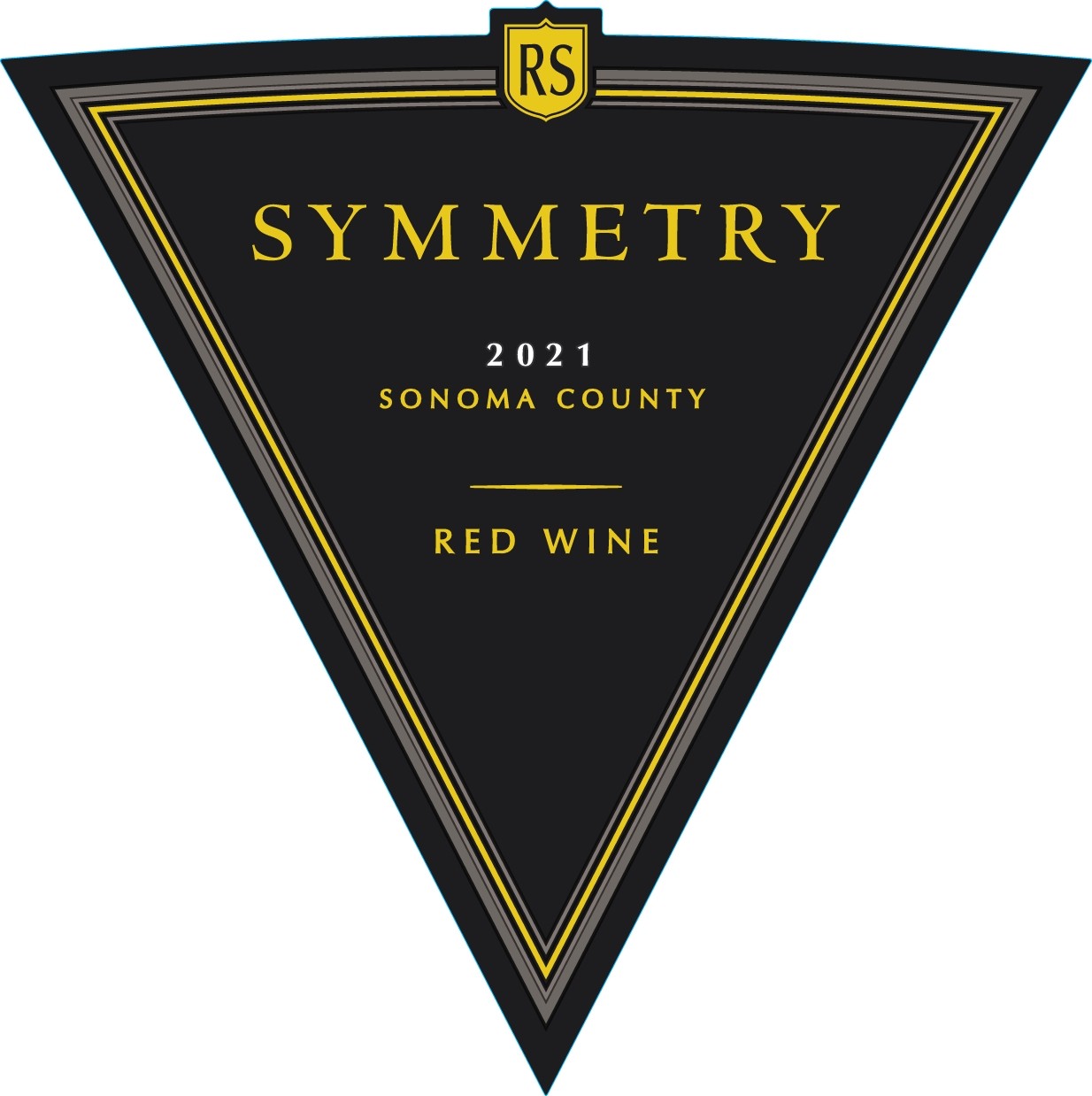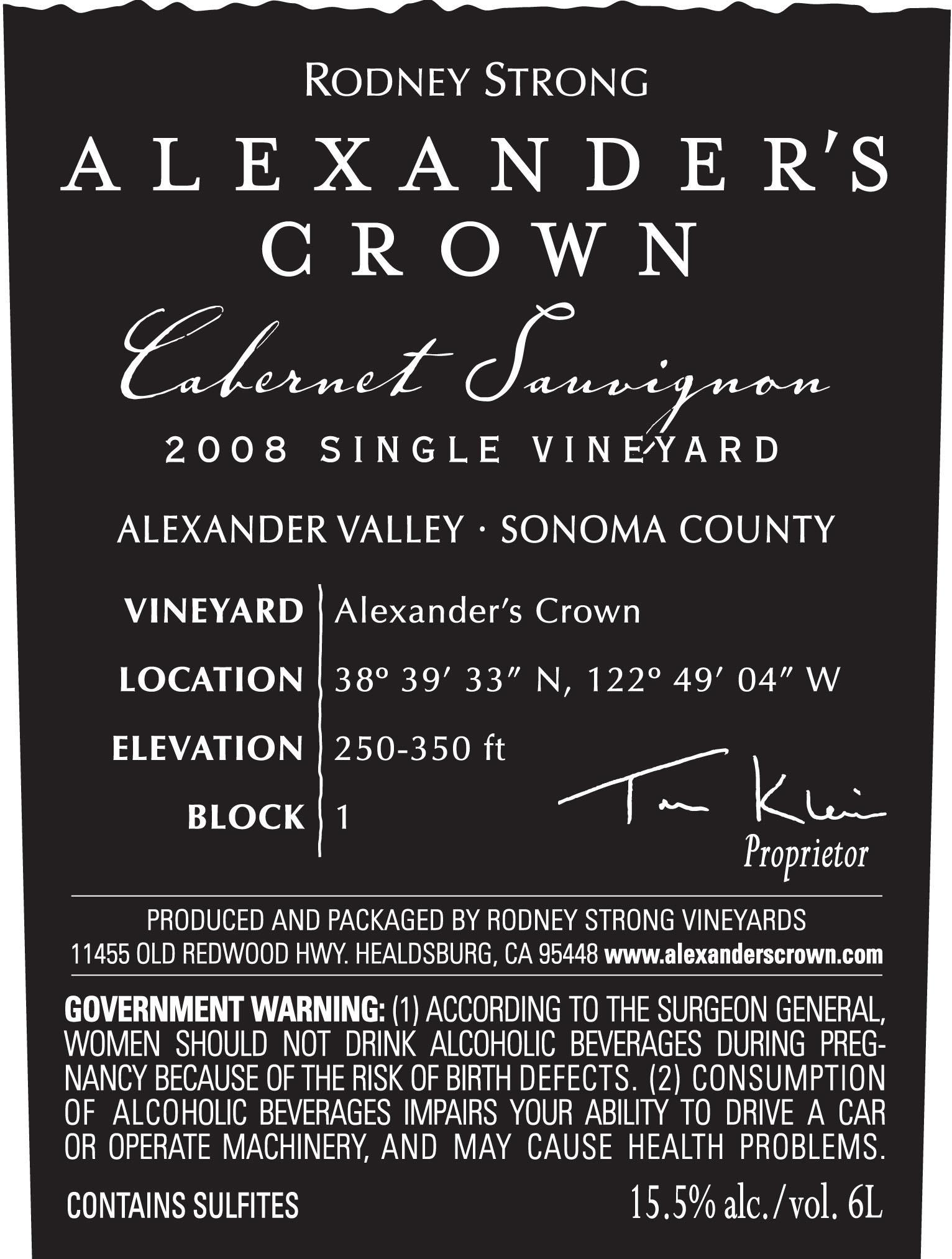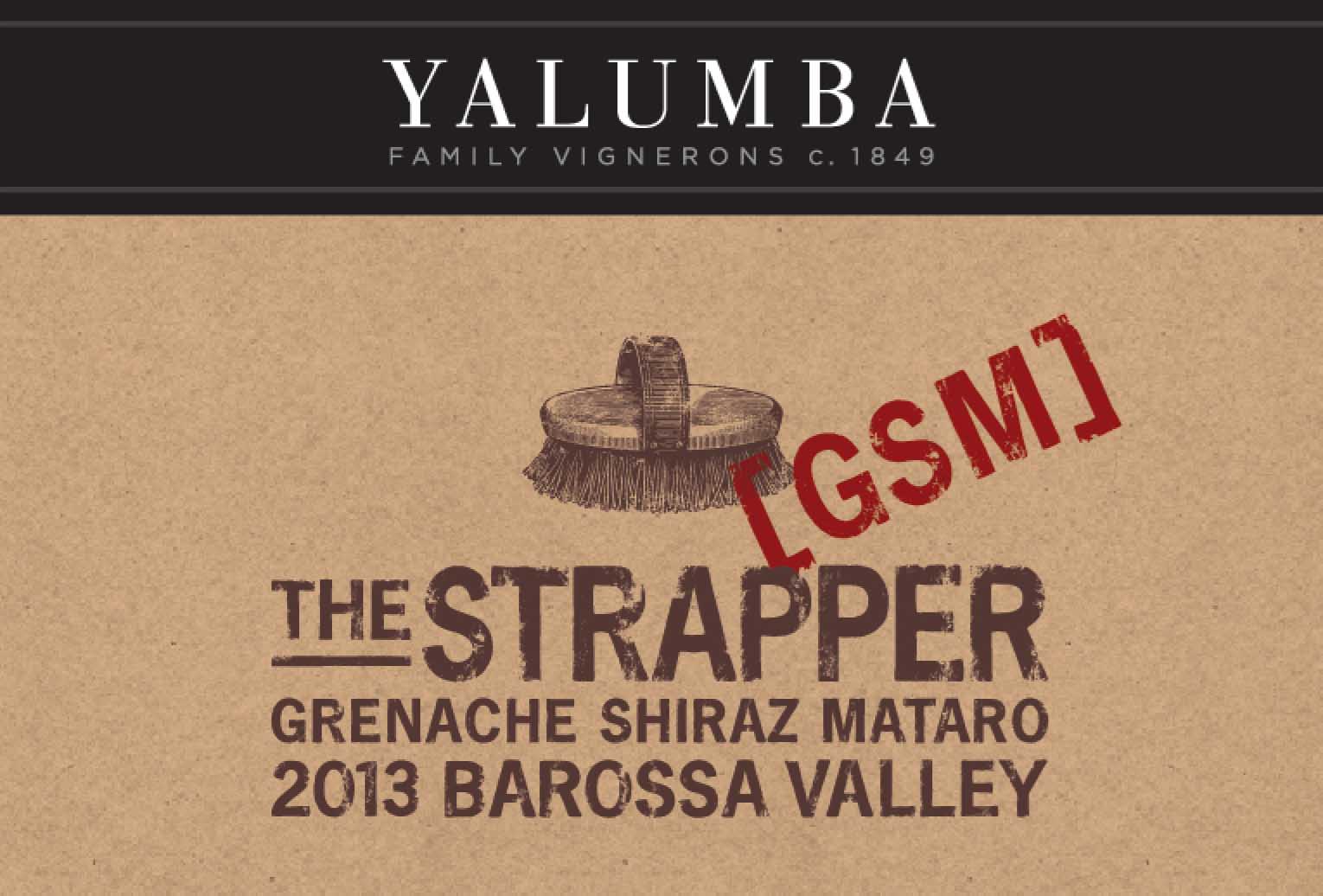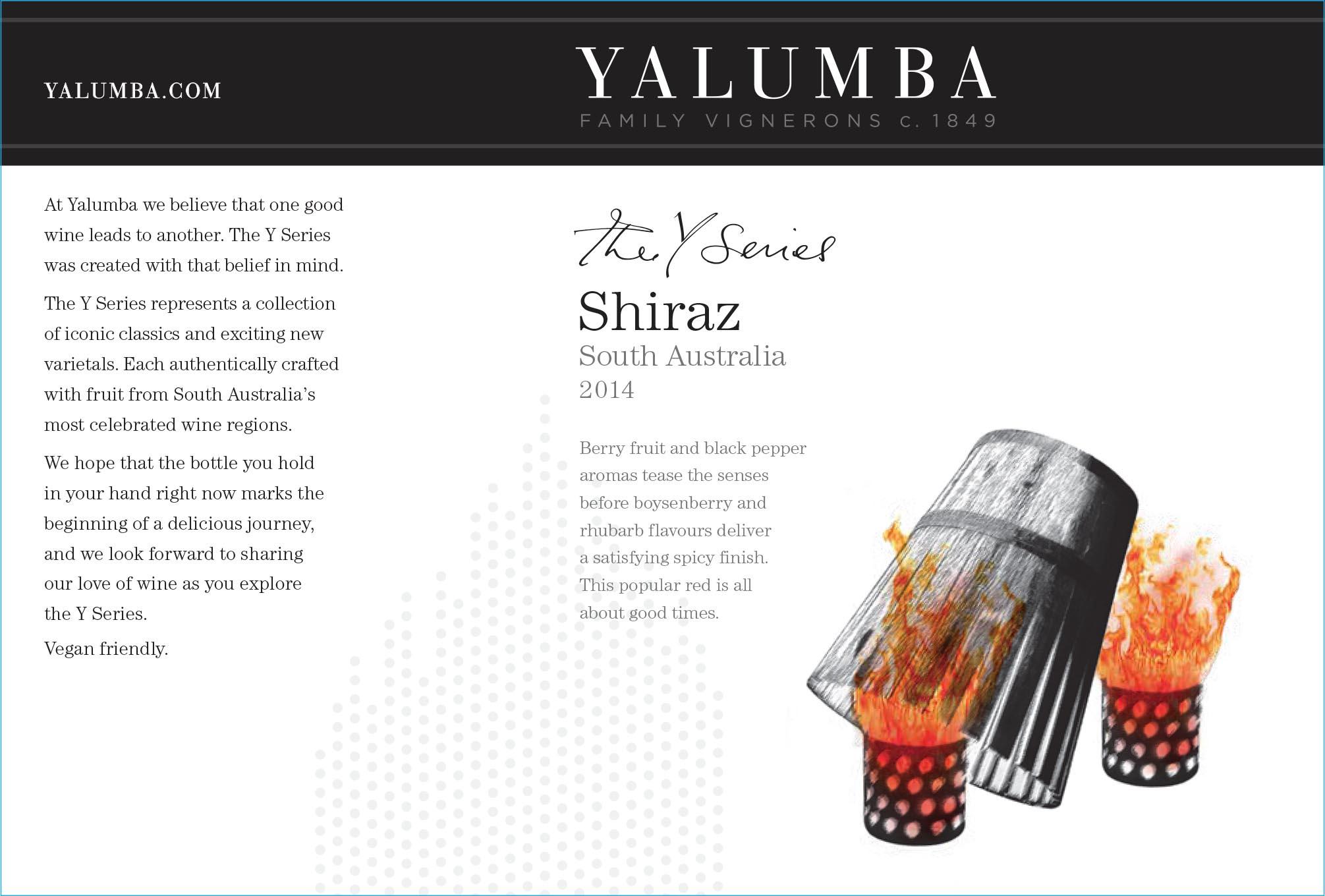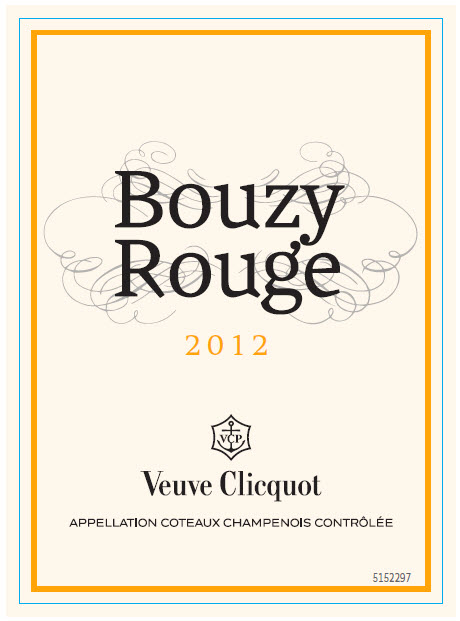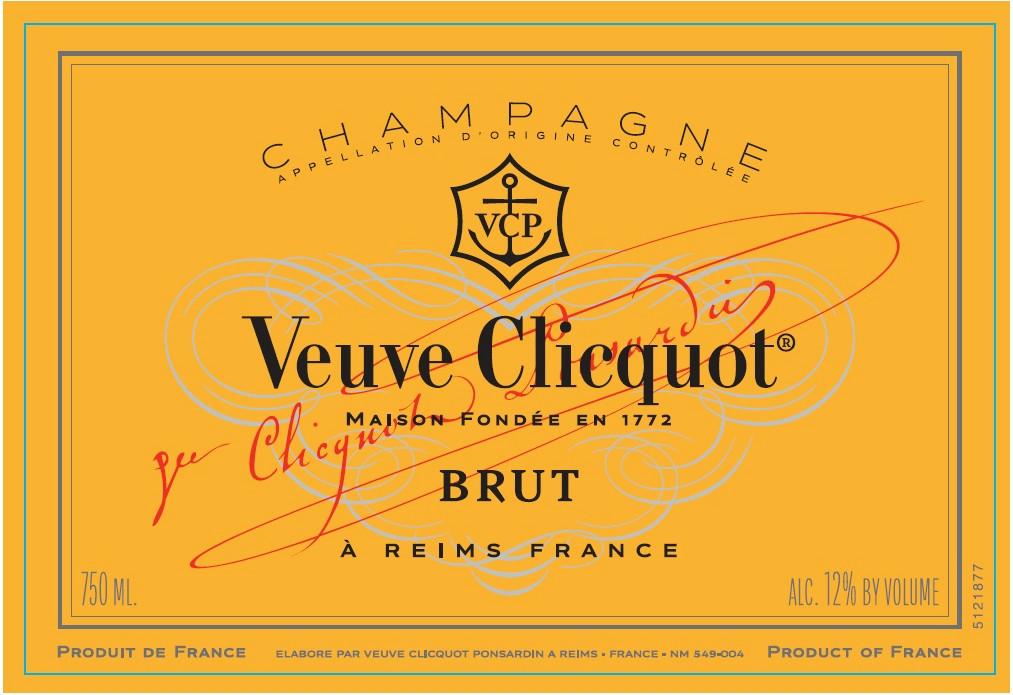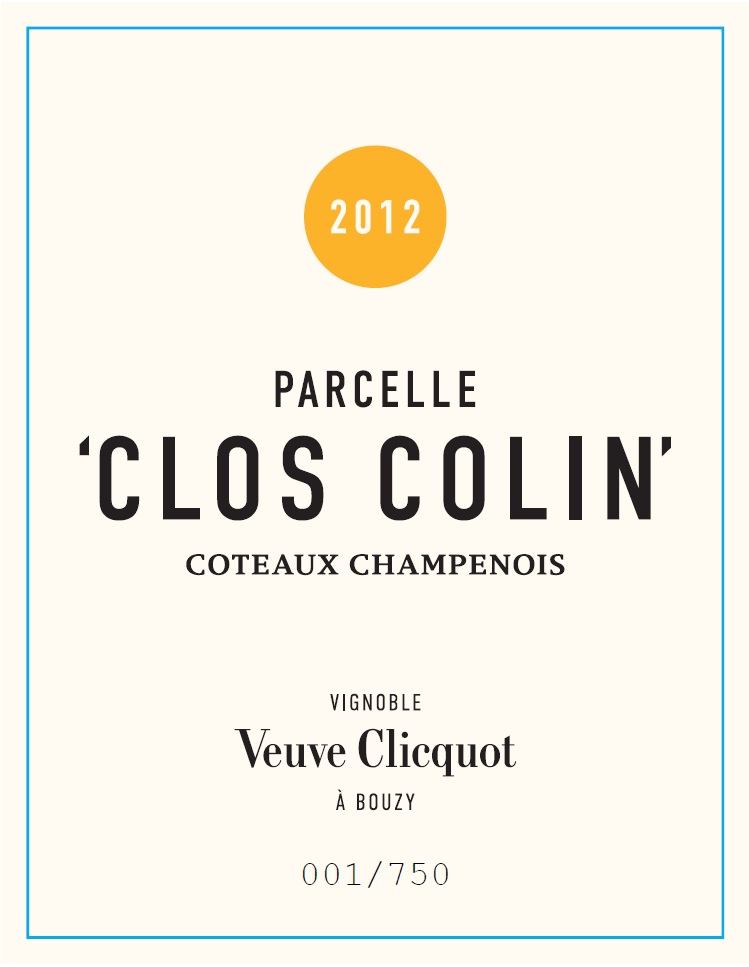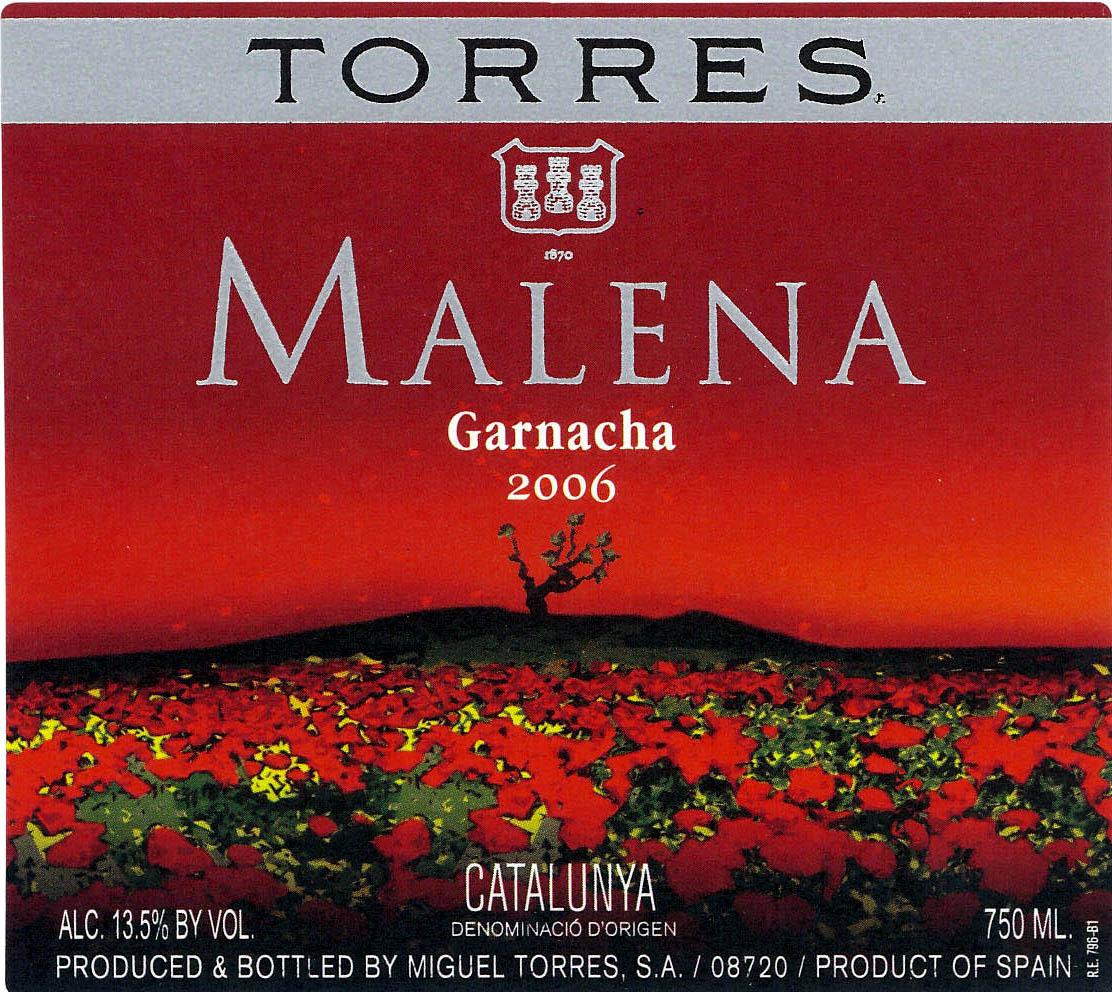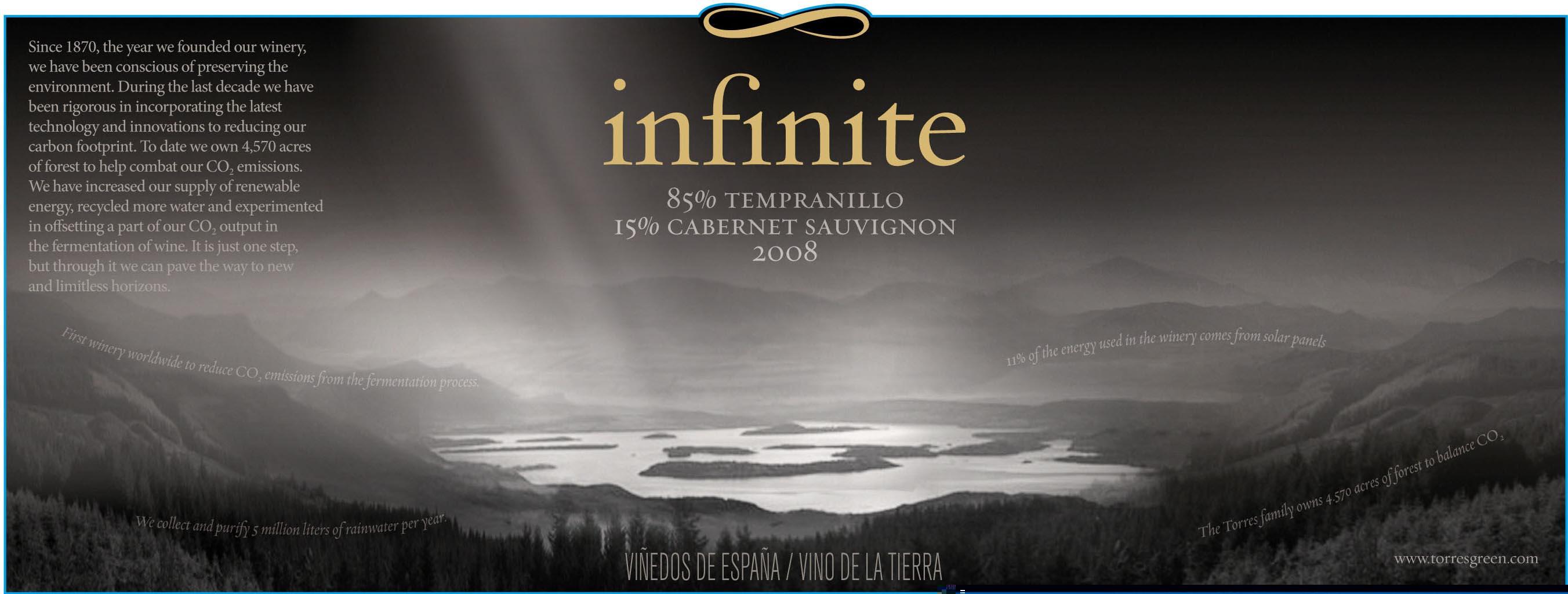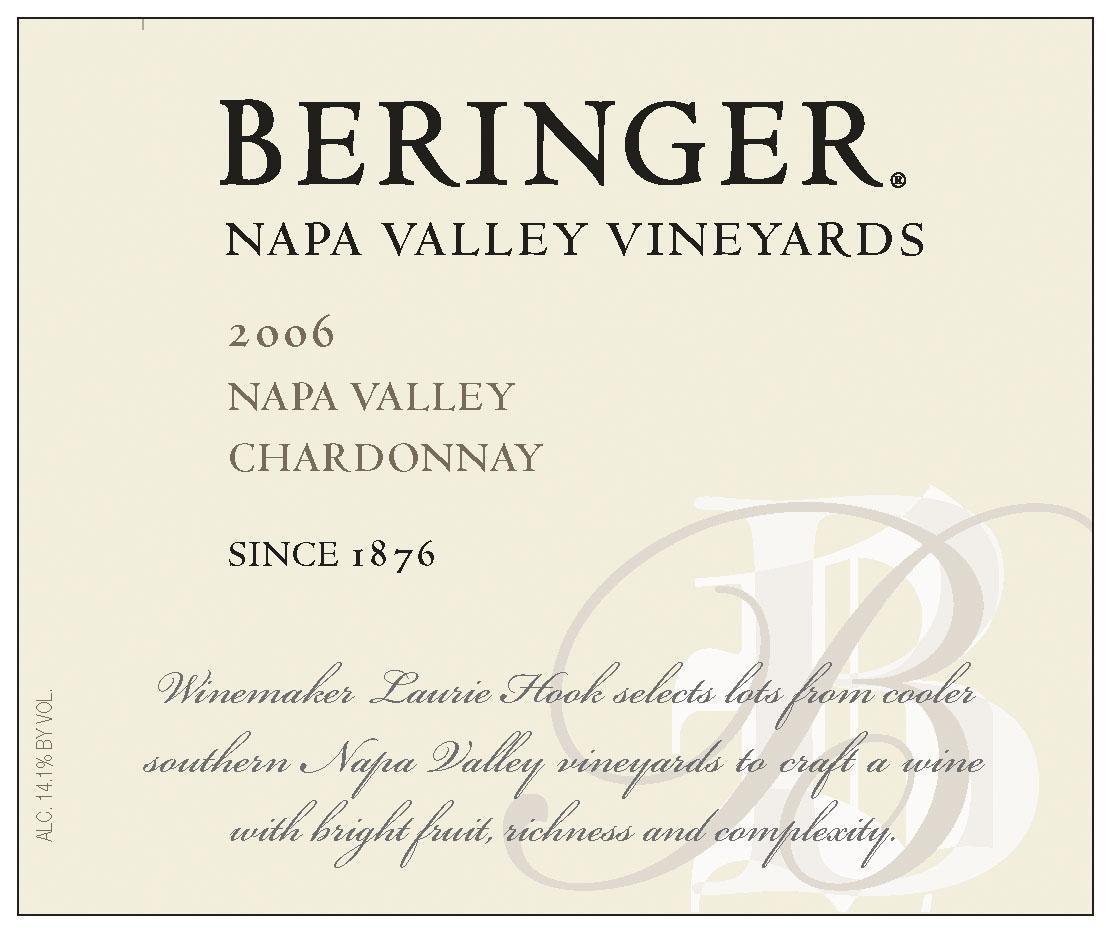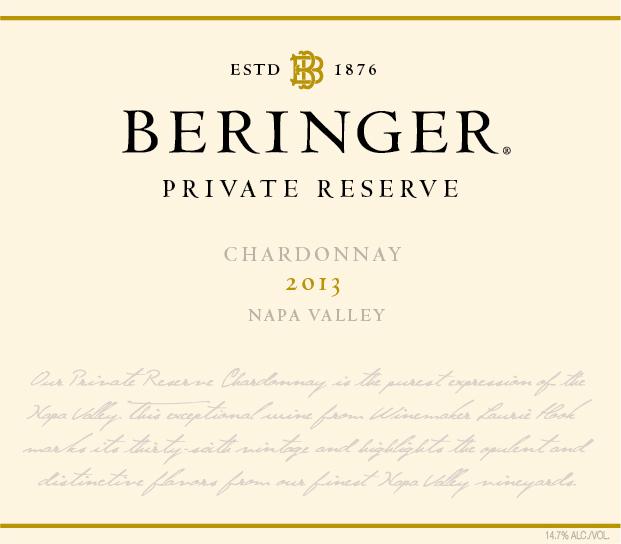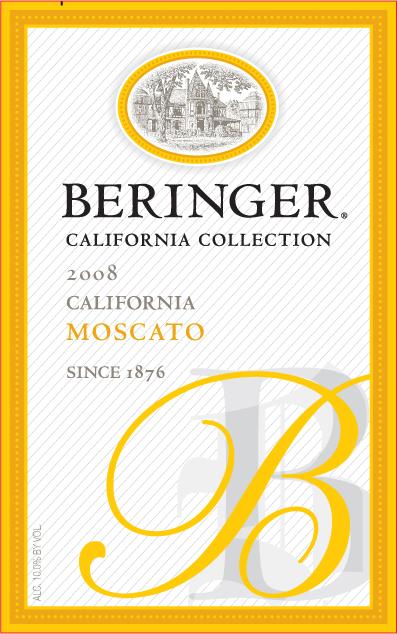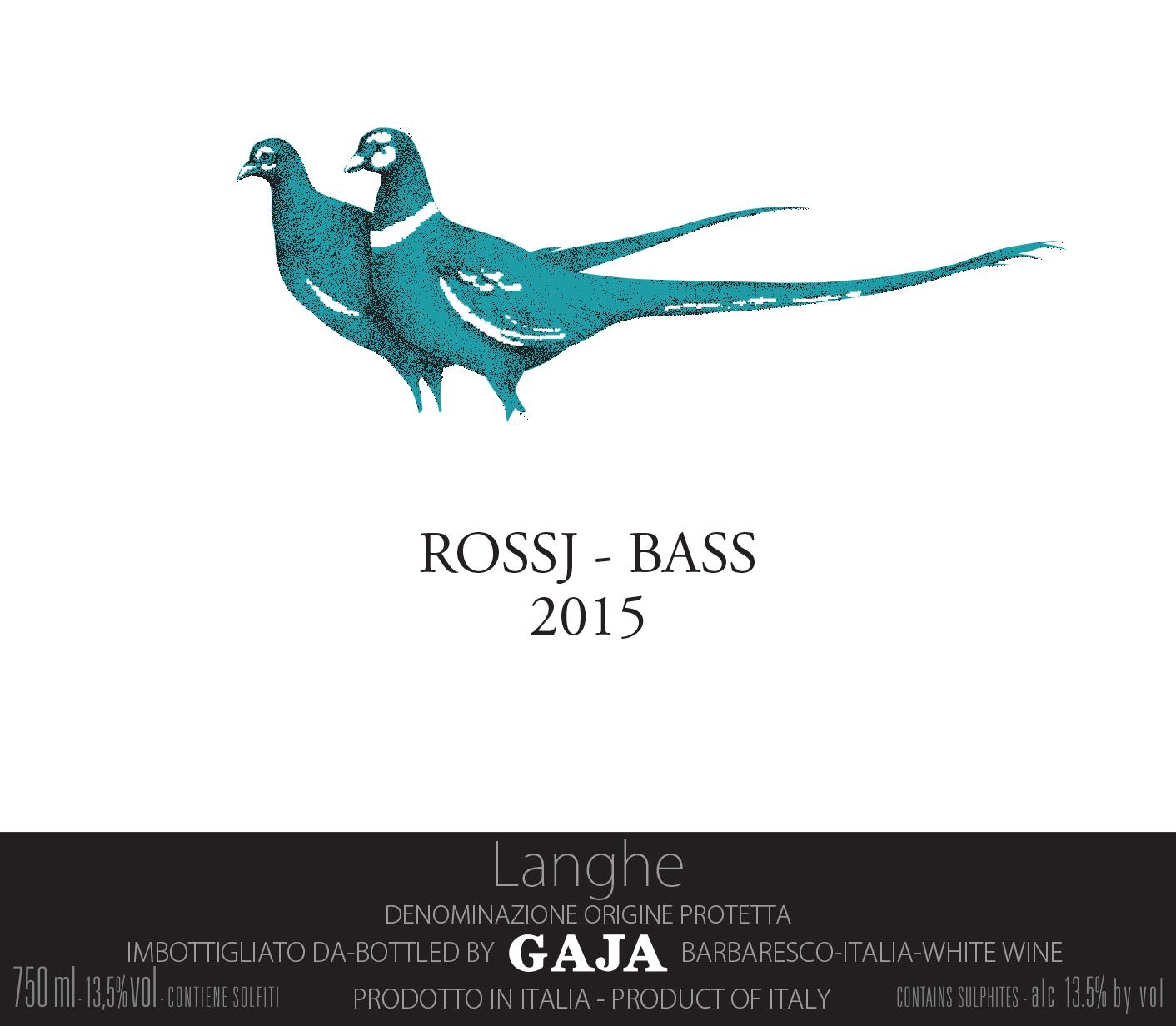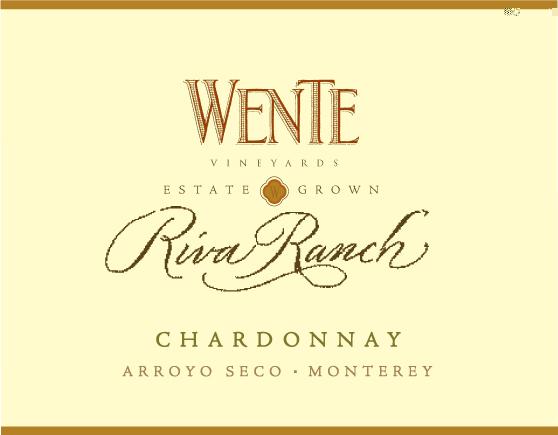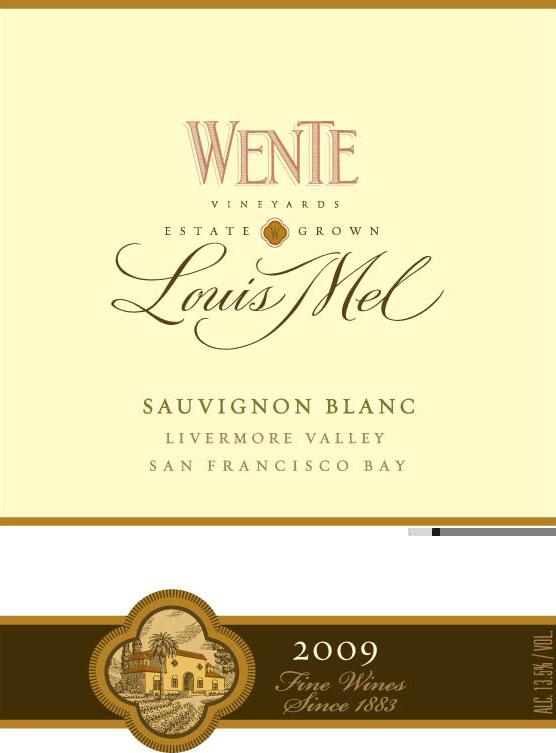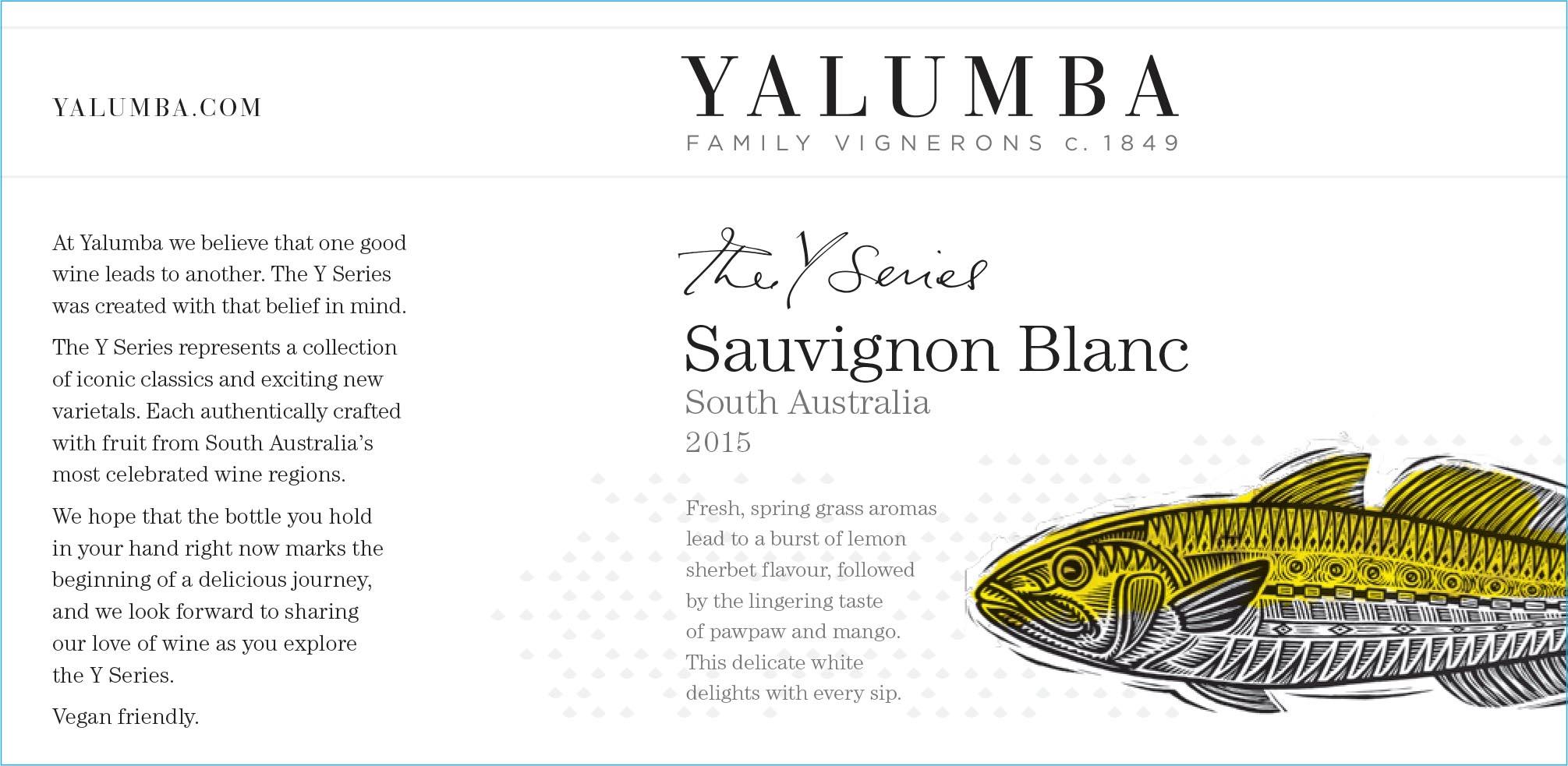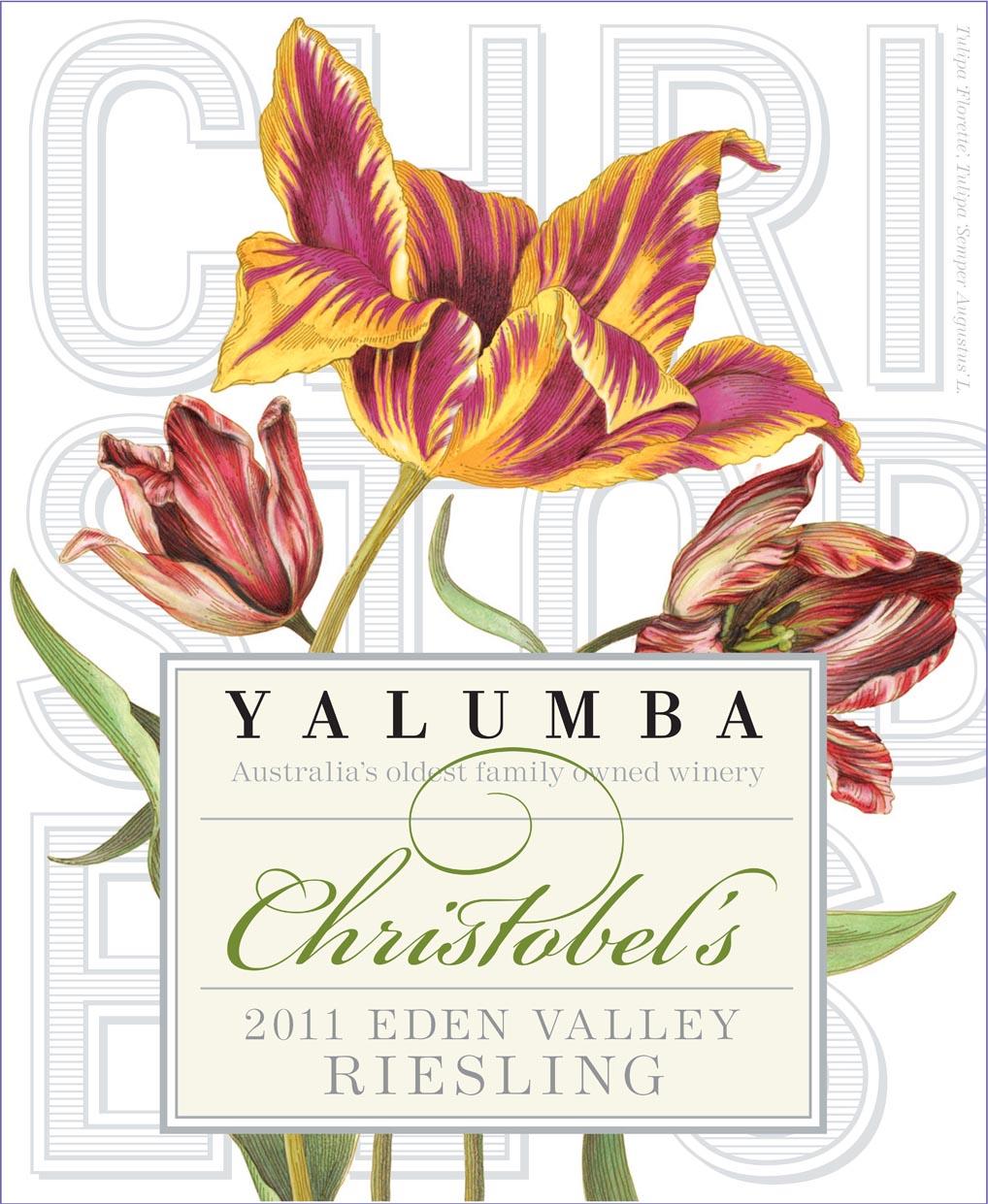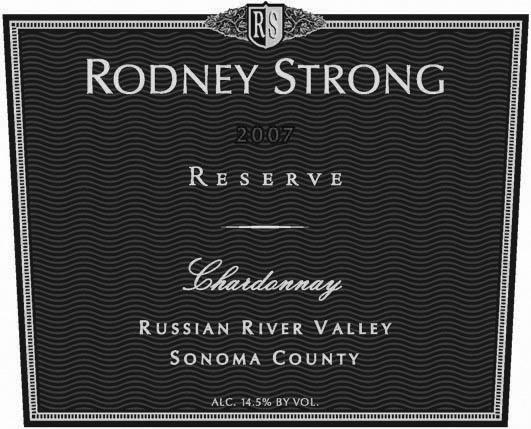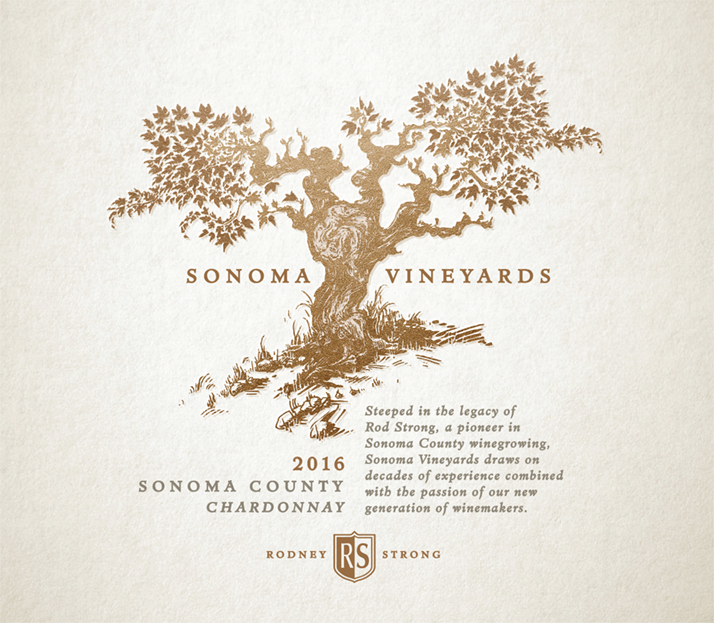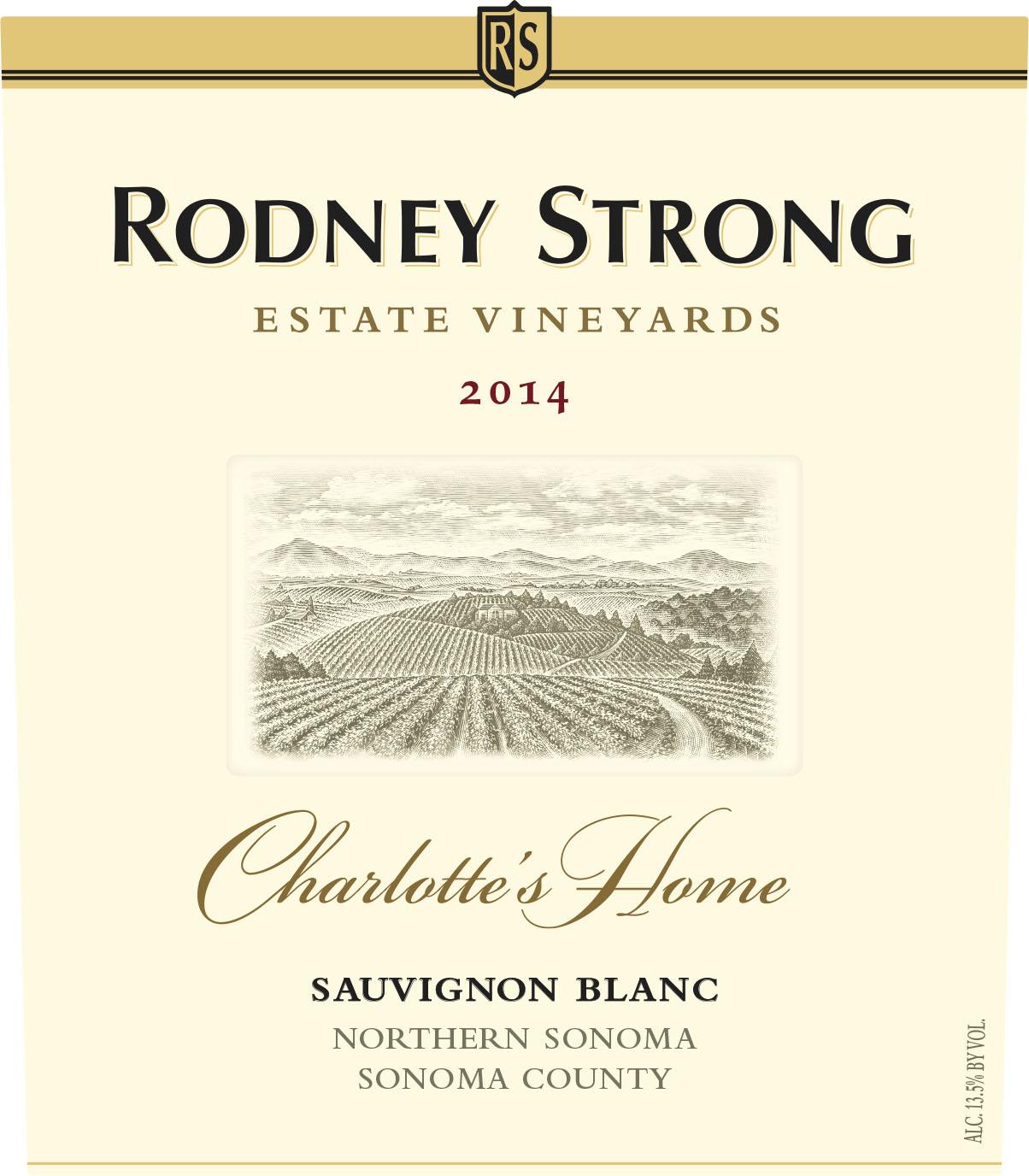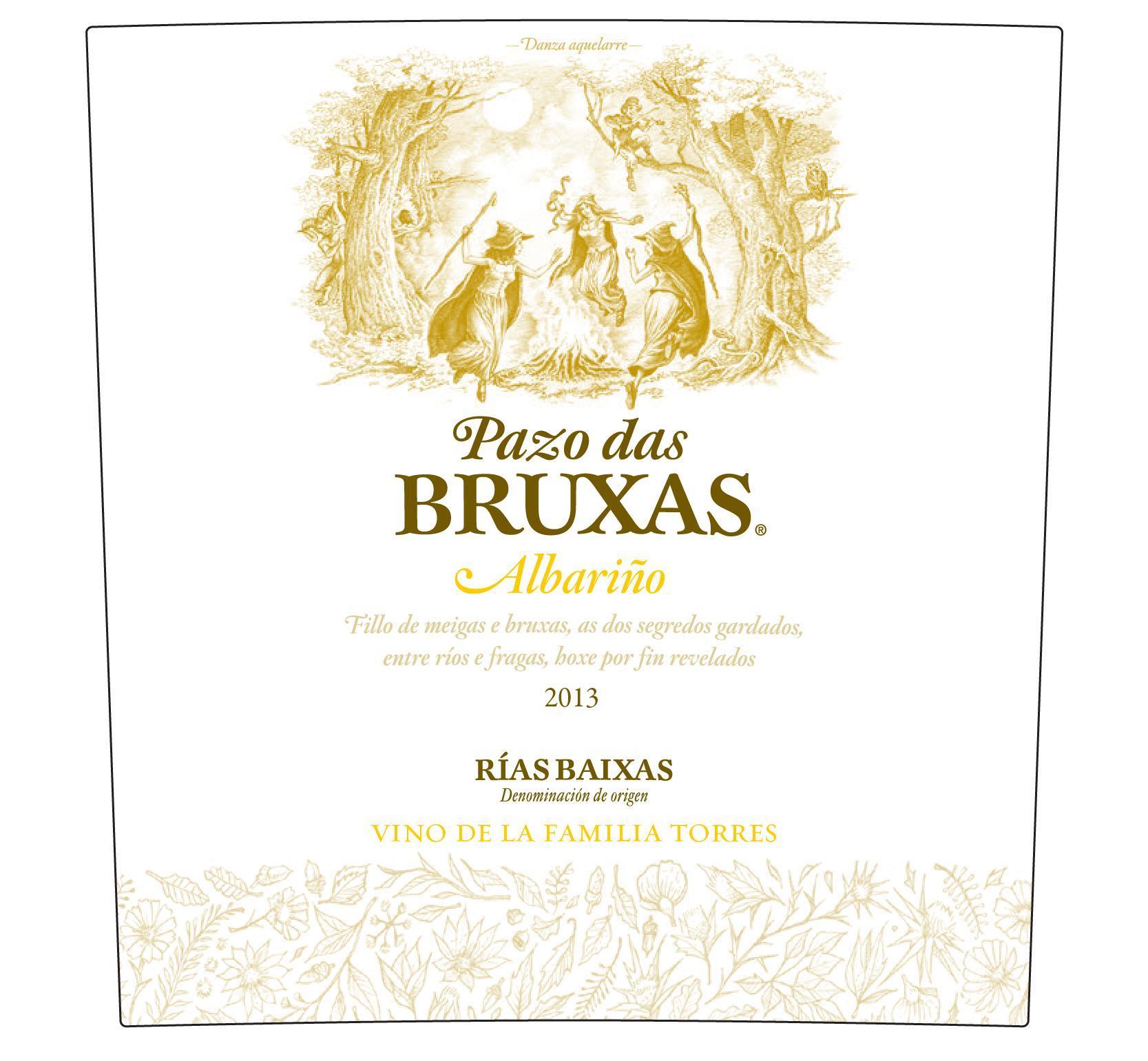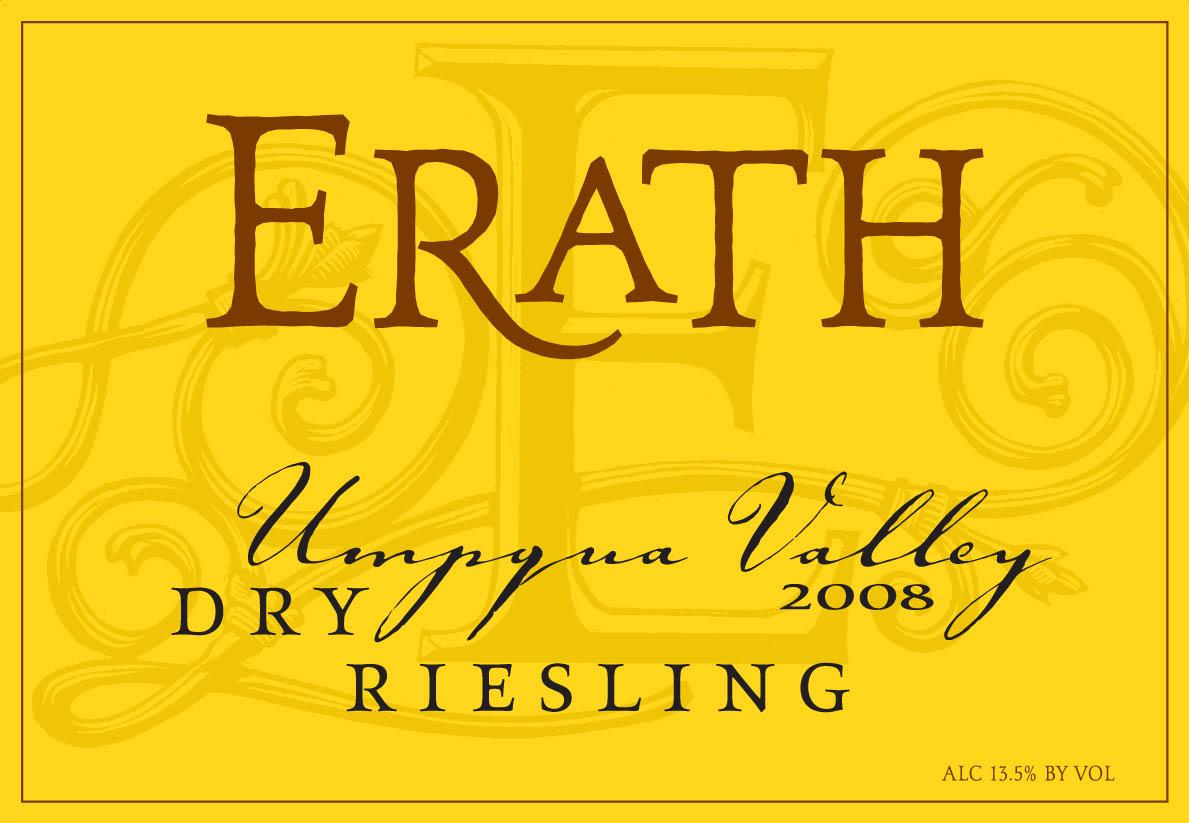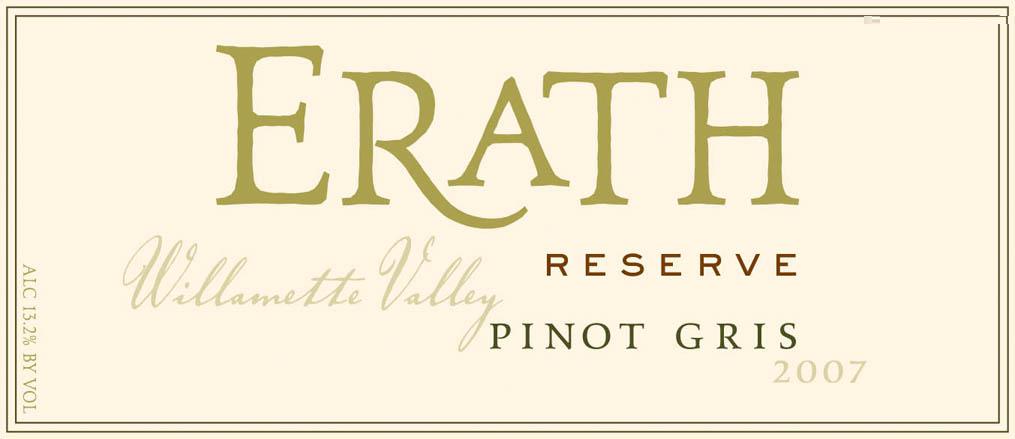Terroir of Lower Austria
Lower Austria's terroir is a blend of varied soils and a continental climate. Vineyards here are influenced by both the warm winds of the Hungarian Plain and the cooling breezes from the Waldviertel. This creates significant day-night temperature changes, essential for ripening grapes while maintaining acidity.
The diverse soils range from rocky gneiss and granite in regions like Wachau and Kamptal, to fertile loess in Wagram and Weinviertel, each giving distinct traits to the wines.
The mesoclimates of its subregions offer unique conditions: cooler Weinviertel produces crisp whites, while the temperate Danube areas favor late-ripening varieties like Riesling. Southern regions, such as Thermenregion and Carnuntum, enjoy warmer climates perfect for fuller-bodied reds. Across the region, the mix of ample sunshine, cool nights, and varied soils ensures wines of elegance, balance, and expressive minerality.
Notable Wineries in Lower Austria
Lower Austria, a region of deep-rooted wine heritage, boasts a remarkable array of wineries, each contributing to its storied legacy. In the Wachau, wineries like F.X. Pichler and Franz Hirtzberger are renowned for exceptional Grüner Veltliner and Riesling. Meanwhile, Domäne Wachau, a cooperative, offers accessible yet high-quality wines.
Kremstal's Weingut Nigl charms with mineral-rich wines, while Kamptal’s Weingut Bründlmayer and Schloss Gobelsburg deliver celebrated Grüner and Riesling wines. Biodynamic pioneers like Weingut Loimer add vibrancy to the scene.
Traisental’s Markus Huber and Wagram’s Bernhard Ott shine with award-winning whites. In the Weinviertel, Weingut R&A Pfaffl stands out, recognized as European Winery of the Year in 2016.
Thermenregion and Carnuntum offer unique varietals and reds, with Weingut Stadlmann and Weingut Gerhard Markowitsch leading the charge, respectively. Each winery weaves a vital thread in Lower Austria's rich wine tapestry.
Sustainable Winemaking in Lower Austria
Niederösterreich, or Lower Austria, stands at the forefront of sustainable winemaking, with about 24% of its vineyards embracing organic practices by 2024. Pioneering vintners have demonstrated that biodynamic methods can thrive on larger estates, offering a model for sustainable, high-quality winemaking. Lower Austria also participates in the Sustainable Austria certification, which focuses on environmentally and socially responsible wine production, covering criteria like energy use and worker welfare.
These sustainable practices are not just about preserving the land; they enhance wine quality, highlighting the unique terroir of subregions such as Kamptal and Carnuntum. As climate change challenges the industry, Lower Austria leads by example, ensuring its vineyards remain vibrant and productive for future generations. The commitment to sustainability is a testament to the region's dedication to quality and environmental stewardship.
Wine Tourism in Lower Austria
Niederösterreich, or Lower Austria, is a remarkable wine tourism destination, boasting diverse experiences across its subregions.
The Wachau Valley, a UNESCO World Heritage site, enchants with its vineyards, medieval towns, and Danube views, perfect for river cruises and Riesling tastings.
Kamptal's Langenlois features the LOISIUM Wine World, offering interactive tours and tastings. The Weinviertel's cycling routes provide an active way to explore, with themed trails dedicated to grape varieties.
Traditional heurigen, or wine taverns, offer local wines and foods in cozy settings, revealing the region's rich culture. Visitors can explore historic Kellergassen, or cellar lanes, and partake in seasonal wine events like Weinfrühling and Weinherbst.
With excellent infrastructure and accommodations, Lower Austria seamlessly blends wine, culture, and landscape into an unforgettable journey.
